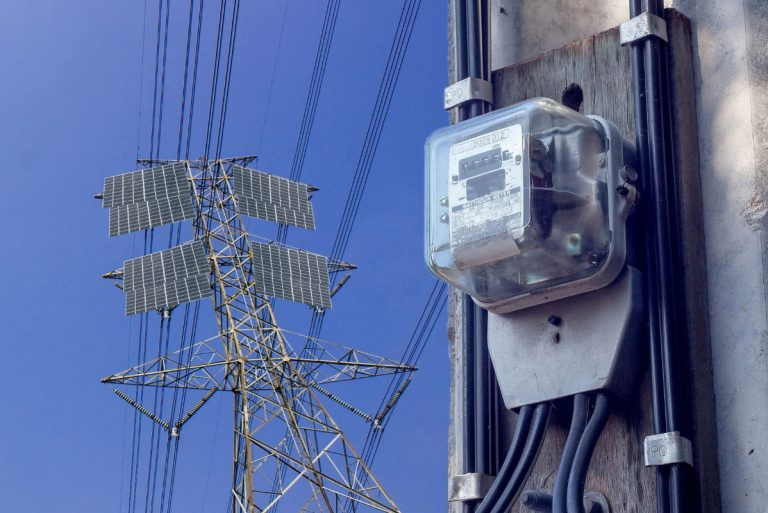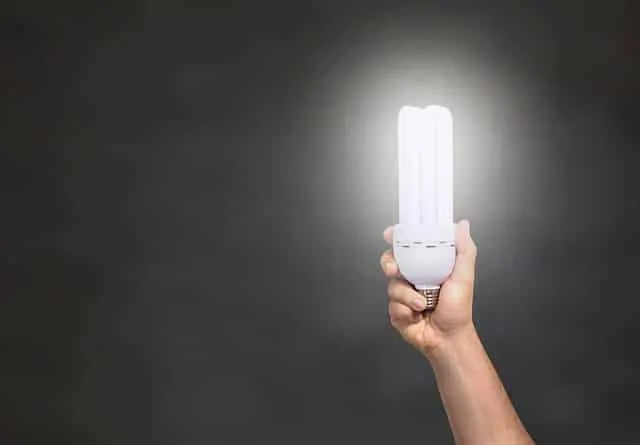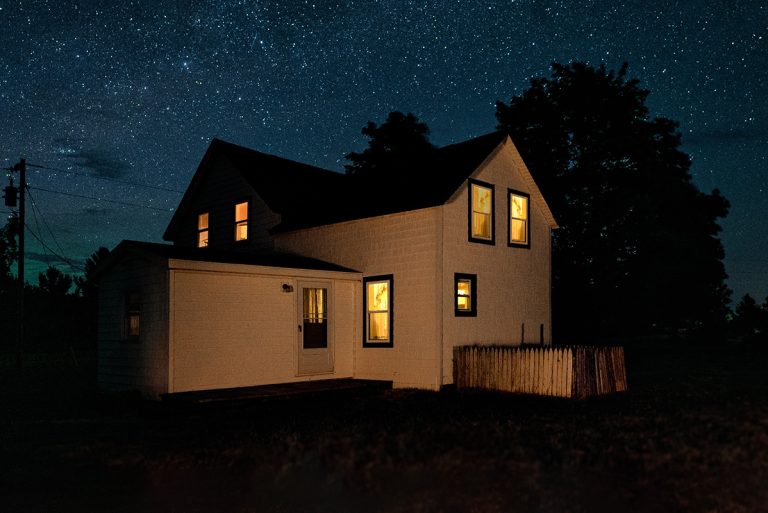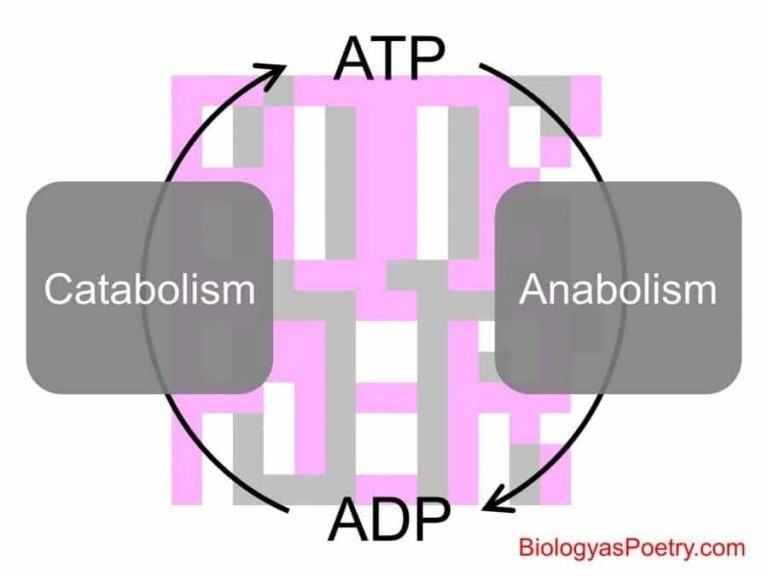In recent years, the construction industry has explored using natural materials as insulation for buildings. sheep’s wool insulation has become widely manufactured and used because of its sustainable and environmentally friendly profile.
But there are many more benefits to using sheep’s wool as insulation than its ‘green’ credentials.
In this article, we share the remarkable properties of sheep’s wool insulation and the advantages and disadvantages of using it in your home.
What exactly is sheep’s wool insulation, and what is it used for?
Sheep’s wool or wool insulation is one of the three main types of building insulation and is made from sheep’s wool. Manufacturers create sheep’s wool insulation by combining wool fibers with a recycled polyester adhesive, creating a felted material that can line or fill cavities in buildings. Alternatively, insulation manufacturers can tangle the wool fibers into knots and balls.

Using wool as an insulation material is not new. For millennia, agrarian cultures and civilizations have known the insulating properties and malleability of wool fibers. Mongolian nomadic herders still line their yurts with felted sheep’s wool pads that are like the commercially produced batts of sheep’s wool insulation.
The construction industry highly rates sheep’s wool insulation for its high level of thermal and acoustic insulation. sheep’s wool differs from the mineral wool insulation (rock wool or slag wool) that is commonly used to insulate homes. Though it is more expensive than synthetic insulation materials, builders are increasingly opting for sheep’s wool because of its sustainable profile.
Where does the wool for sheep’s wool insulation come from?
Sheep’s wool insulation uses the waste wool of the wool industry, particularly black wool from the UK, Europe, Australia, and New Zealand which is less marketable. The majority of the wool used is sourced raw and unprocessed but a significant proportion is waste that other industries have discarded.
Processing of sheep’s wool for insulation
The wool that is used for insulation also has to be treated so that it repels pests, and does not rot. There are several agents that are used to treat the wool prior to its use in insulation:
- Borax is the most common agent used to treat wool insulation as it increases its natural fire-retardant properties and repels pests. The application of borax to wool only increases its dry weight by 4%. However, the use of borax may become prohibited because of several studies that suggest that it may be a reproductive toxin.
- Diatomaceous Earth (DE) is also used as a non-toxic pest repellent that builders can handle without long-term health risks. It is weightier than borax and has to be applied to the wool insulation in two steps for it to be effective.
- Thorlan IW is a titanium-based moth repellent that is also used to treat sheep’s wool. Manufacturers apply it hot to the insulation to coat it for its lifetime.
Types and formats of sheep’s wool insulation
Manufacturers produce sheep’s wool insulation as batts or ropes that you can buy in rolls. Batts are available in several standardized thicknesses spanning 2 inches (50 millimeters) to 24 feet (720 meters).
The most commonly available widths, 16 and 24 inches are the same as the gap between the frames of a stud wall. This enables wool to be fitted easily in roofs, floors and other cavities.
Installation of sheep’s wool insulation
Custom rope sizes and lengths are available for filling unusually shaped cavities or dimensions in buildings. Loose-fill sheep’s wool insulation is also available to fill tight spaces. The insulation is simply unrolled and cut slightly larger than the size of the cavity so it friction-fits in place.
Once installed, builders used meshes and staples to secure the wool like conventional insulation.
Here’s how it works:
Sheep’s wool is a natural, sustainable insulation solution
Sheep’s wool is a 100% natural and sustainable material that is safe and easy to handle without health or environmental harm.
The abundance of wool from easy-to-breed sheep makes it extremely sustainable and better still, the wool that is used for insulation is a waste product. And when the insulation completes its lifespan, it is completely biodegradable.
What makes sheep’s wool a good insulator?
Sheep’s wool performs well as an insulator, as measured by its R-value. The R-value of an insulating material measures the thermal resistance of a material per unit (inches, meters, feet) of its area. The R-value of sheep’s wool is up to 3.8 per inch in thickness, higher than a comparable thickness of mineral wool, cellulose, or fiberglass.
Here are the key properties that make sheep’s wool an exceptional building insulation material:
Wool provides thermal mass
Sheep’s wool can absorb, store, and release heat, making it a reservoir of thermal energy within your home. It has much more thermal mass than synthetic insulation materials like insulation foam.
This means that the wool will warm with your building and cool your building. It naturally regulates the temperature of your home, preventing big fluctuations that require additional heating and cooling.
Wool has high vapor permeability
Moisture can move in and out of wool fibers in the same way heat can. The fibers in sheep’s wool insulation are hygroscopic and can absorb up to a third of their weight in water vapor with no change in insulating performance. This can help to mitigate the effects of condensation on your property.
Building structures can breathe
Air freely moves through the wool insulation without compromising its insulating effect. This makes wool ideal for older or timber-framed buildings that need to breathe.

Why you should consider sheep’s wool insulation for your home
Property developers, building contractors and homeowners are increasingly opting for sheep’s wool because of multiple benefits throughout its lifecycle. Here’s why you should consider sheep’s wool insulation for your property:
1. Sheep’s wool insulation boosts the energy efficiency of your home
Using insulation like sheep’s wool is one of the best ways to enhance the energy efficiency of your home. According to Rise, over 35% of heat in a home is lost through its walls, while the floors and attic account for 25% and 15% of heat loss, respectively. Sheep’s wool cavity insulation impedes this loss, helping your home to keep its heat.
Conversely, in the summer months, the thermal mass of sheep’s wool absorbs heat rather than letting your housing become overheated. This means that your home keeps much more of its heating and cooling.
2. Sheep’s wool insulation can help to reduce your energy costs
High-quality insulation like sheep’s wool is a great investment for reducing energy bills. Long-term improvements like insulating your home provide a sustained reduction in heating and cooling costs. This is because sheep’s wool regulates the temperature in your home meaning you do not have to spend as much money heating or cooling it.
Furthermore, the benefits of sheep’s wool insulation are cumulative if you use it in multiple areas of your home. Insulating the attic of your property along with your walls saves more energy than insulating the walls alone.

3. Sheep’s wool is an effective thermal insulator
By opting for sheep’s wool insulation, you can be confident that you have an excellent thermal insulator. The thermal conductivity of a material measures the rate at which heat passes from one side of a material to the other. For an effective insulator, you want this value to be as low as possible.
Tests estimate sheep’s wool insulation to have a thermal conductivity of between 0.035 and 0.04 W/mK compared to standard mineral wool which has a thermal conductivity of 0.044W/mK. It’s no wonder sheep can live in some of the coldest climates, as their fleeces insulate them from the cold.
4. Sheep’s wool insulation controls humidity
Unlike man-made insulation materials, natural sheep’s wool actively absorbs moisture present in its environment. The insulation can absorb its weight in moisture and still maintain its insulating properties. This is because the water is absorbed deep within the wool fibers.
This property of wool insulation means that it can help to keep humidity in your property under control. Unlike synthetic materials, natural wool insulation absorbs and releases moisture as needed to regulate environmental conditions. Sheep’s wool is a particularly good choice for insulating the loft space where high levels of condensation occur.
5. Sheep’s wool cleanses the air
A natural material like wool is much healthier than many of the synthetic building materials used in homes. Sheep’s wool is not only chemical free but also can reduce the levels of noxious chemicals in your home.
The amino acids in the proteins that make up wool fibers have side chains that can react and bind with a range of harmful substances including:
- sulfur dioxide
- nitrogen dioxide
- formaldehyde
The process used by wool to neutralize chemicals is called chemisorption and helps you maintain a healthy indoor environment.
6. Sheep’s wool insulation is sustainable and green
One benefit of using sheep’s wool as an insulation material is its sustainability. The fleece of a sheep grows continually and needs to be shorn during the warm summer months. This makes wool a sustainable material that does not require the energy or resource expenditure of man-made materials.
The sheep’s wool insulation industry also processes and uses the abundance of waste wool like daggings and dirty or low-quality wool that would have otherwise become landfill waste. The recovery of waste wool adds to the green credentials of this insulation.

7. Sheep’s wool is a natural material
Natural insulation materials like sheep’s wool do not use non-renewable petroleum byproducts or chemical-laden synthetic materials. Many synthetic insulation materials contain toxic chemicals like ethanolamine, formaldehyde, isocyanates, and polyethylene glycol that can degrade and leach into your environment, harming your health over time.
Sheep’s wool is stable and inert throughout its life cycle. Rather than generating toxins in your environment, sheep’s wool insulation traps and removes them, making your living space healthier.
8. Sheep’s wool offers sound insulation
Sheep’s wool is also an effective acoustic insulator. The shape, structure, and porosity of wool fibers in insulating pads, absorb sound waves across the acoustic spectrum. Scientific testing has shown that it can perform as well as the commonly used mineral-based sound insulation materials used in recording studios and concert halls.
This property of sheep’s wool is beneficial for population-dense developments like apartment buildings, offices, schools, and colleges where sheep’s wool insulation can prevent noise from traveling through walls.
9. Sheep’s wool insulation does not burst into flames
Sheep’s wool is naturally flame retardant. Its high nitrogen content means that it only burns at temperatures of 570 to 600°C. If exposed to a flame, the wool doesn’t get burnt easily and self-extinguishes when the flame is removed. In the event of a fire, sheep’s wool insulation only smolders and singes, rather than bursting into flames because of its high ignition temperature.
10. Sheep’s wool insulation is easy to handle compared to other insulation wools
The construction industry favors sheep’s wool because it is non-irritant and easy to work with. Building contractors must handle rock wool and fiberglass with gloves, eyewear, and FFP3 masks because of the irritating particulates from these synthetic materials that can damage their skin, eyes, and lungs.
You can handle and install sheep’s wool insulation without gloves making it quicker and safer to install, especially as a DIY job. And if the insulation needs to be removed for renovations or other building work, contractors can handle it confidently.
11. Sheep’s wool insulation is biodegradable
Sheep’s wool delivers its benefits throughout its lifetime and even when its use has ended its environmental impact is minimal. This is because the wool is fully biodegradable and unlike synthetic insulation materials won’t release noxious substances as it degrades. Waste wool is already being used in composts because of its biodegradability.
12. Sheep’s wool insulation allows buildings to breathe
Sheep’s wool insulation maintains stable atmospheric conditions while the property retains heat as it is breathable. The moisture-regulating properties of sheep’s wool insulation support the natural ventilation of a property. Synthetic materials lack this unique property, leading to condensation build-up and mold growth.
13. Sheep’s wool is a durable insulation material
You can confidently install sheep’s wool insulation in your home because it is durable with a life expectancy of approximately 60 years. Another benefit of sheep’s wool is that it holds its shape well for a long time, whereas synthetic materials can sag, wool does not rot or become moldy, and if it is treated appropriately, it won’t become infested.
14. Sheep’s wool is versatile
The varied properties of sheep’s wool discussed above like its breathability, acoustic performance and flame retarding make it a leading insulation solution for a wide range of building projects. Insulation is more than just the R- or U-value of a material. You can use sheep’s wool insulation for specific purposes like, minimizing environmental toxins, providing thermal comfort or increasing fire protection.
But is sheep’s wool insulation all pros and no cons?
Sheep’s wool has an impressive all-round insulation performance. But it’s important to be aware of the downsides of opting for this natural insulation material. Here are some of the key disadvantages of using sheep’s wool for your home insulation:
1. Cleaning and processing sheep’s wool requires water and energy
The production of sheep’s wool is not emission-free. Manufacturers have to thoroughly wash and process wool before building contractors can use it as insulation. In addition, the wool needs to be transported over long distances from farms to manufacturers, and then to the building contractors that use it, adding to its carbon footprint.

2. Manufacturing sheep’s wool insulation releases environmental pollutants
In the livestock industry, farmers regularly dip sheep in insecticides and fungicides that protect their fleeces from infestation. Manufacturers wash these chemicals out of the wool as they produce the insulation. If manufacturers don’t handle wastewater from washing the fleece properly, it can cause groundwater contamination.
3. Disposal of waste sheep’s wool
Waste sheep’s wool and the byproduct of sheep’s wool processing have to be carefully handled, adding to the energy footprint and overall cost of this insulation material. Processing sheep’s wool produces grease, sludge and liquor that can contain environmental contaminants and pollute waterways if manufacturers do not dispose of them properly.
4. Sheep’s wool insulation infestations do happen
Poorly treated or untreated sheep’s wool can be a magnet for pests like moths. Because of this risk, sheep’s wool insulation manufacturers treat the wool with a range of pesticides including borax and pyrethrum. However, if the treatment is inadequate or resistant pests get into the insulation, and an infestation can quickly develop and spread.
This is one of the major downsides of natural insulation materials and is not uncommon. For example, in 2017 a Northern Irish family had to pull apart their self-built 4-bedroom eco home because moths infested their sheep’s wool insulation.
5. Sheep’s wool insulation is expensive
Sheep’s wool insulation is one of the most expensive options for home insulation. Depending on the thickness and width of the wool insulation purchases, prices can be as much as $30 per square meter. This is because of the costs of the livestock, transporting and processing the wool and chemicals that are needed to treat the wool so that it meets industry standards.
6. Some synthetic insulation materials have better thermal efficiency
Though sheep’s wool delivers great all-round performance, some synthetic materials have higher R- and U-values, meaning they’ll deliver greater thermal efficiency for your property. An example is closed-cell polyurethane foam (PU foam) that is sprayed into cavities.
In conclusion
Sheep’s wool insulation is one of the best-performing natural insulation choices. It delivers a variety of benefits to homes of any age because of its thermal mass, breathability, fire resistance and humidity control.
However, this high-quality insulation does come at a premium and as a natural material, the potential for infestation is very real.












![10 Truly Green Prefab Homes [+1 That’s Close]](https://greencoast.org/wp-content/uploads/2021/10/eco-friendly-prefab-homes-768x513.jpg)
